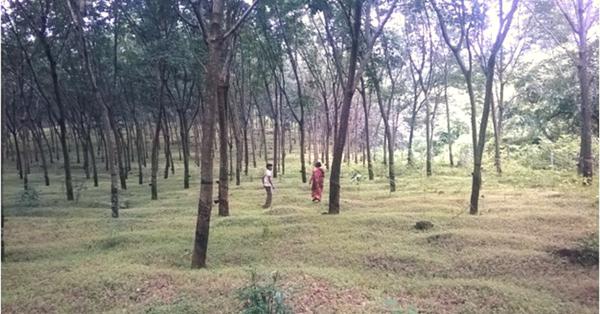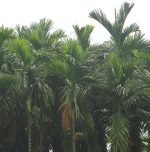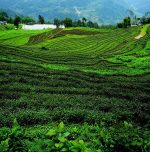Scientists develop dual purpose rubber trees

India has more than seven lakh hectares of land that has rubber tree plantation.
Farmers of rubber tree plantation are mainly facing the troubles of increased labour costs while the prices of rubber are declining.
Moreover, they are observing the reduced returns constantly. Though some new developments have helped them to overcome these problems partially, new developments are needed for their development.
Rubber trees produce latex which is used as a raw material for tyre production. It is also helpful in the production of surgical gloves and condoms.
The output of rubber trees declines after 25 years after which they are felled and replanted.
The felled rubber tree wood is of poor quality, so it cannot be used for anything except making packaging cases.
Since several people are opting for rubber wood furniture due to its appearance and low cost, several researches have been conducted by the scientists in the direction of how can they be used for this purpose.
In this context, dual-purpose rubber clones have been developed. Initially, they will be used for latex production and after the decline of their production, the rubber wood can be used for other uses like making furniture.
But, in India, so far the rubber development projects have mainly focused on latex production only. And, the improvement of wood quality has been ignored.
Several past studies have shown that selective breeding and hybridization programs can improve the wood quality.
Of late, scientists of the Rubber Research Institute of India have taken initial steps in the direction of breeding dual purpose rubber clones.
They have succeeded in cultivating the hybrids by studying the properties of wood.
They noted that wood specific gravity is a highly inherited character which decides the timber utility.
They also have concluded that there is a progressive relationship between rubber tree growth characters and fibre diameter and wall thickness.
Fibre length is the main standard to produce pulp and paper.
This research also highlights the importance of tree breeding programs to boost the productivity.
Image Reference: Thebetterindia









Leave a Reply